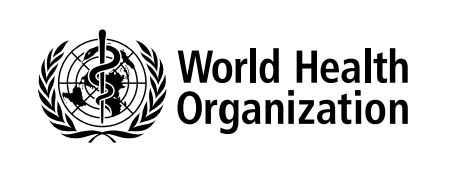
Executive Summary
Anaemia is a critical global public health issue, disproportionately affecting adolescent girls, women aged 15–49, pregnant women, and children, particularly in low- and middle-income countries. In 2019, the World Health Organization (WHO) reported that 30% (571 million) of women aged 15–49 years, 37% (32 million) of pregnant women, and 40% (269 million) of children aged 6–59 months suffered from anaemia. The most affected regions include the WHO African Region and South-East Asia Region.
Understanding the burden and epidemiology of anaemia is essential for planning public health interventions and providing clinical care. Accurate measurement and characterization are vital for decision-making regarding interventions, their implementation, and monitoring, particularly in vulnerable groups.
Purpose of the Guideline
This guideline is designed to assist Member States and their partners in making informed decisions on tools and methods for assessing and reducing the global burden of anaemia. Key objectives include:
- Supporting the WHO Global Nutrition Targets 2025, which aim to reduce anaemia prevalence by 50% in women of reproductive age.
- Contributing to the achievement of the 2030 Sustainable Development Goals (SDGs), specifically Goal 2 (End hunger, achieve food security, improved nutrition, and sustainable agriculture) and Goal 3 (Ensure healthy lives and promote well-being for all at all ages).
- Aiding in the realization of the Comprehensive Implementation Plan on Maternal, Infant, and Young Child Nutrition, and the Global Strategy for Women’s, Children’s and Adolescents’ Health (2016–2030).
The guideline provides updated, evidence-informed normative statements on the use of haemoglobin concentrations for assessing anaemia. These guidelines are essential for clinical and public health practices, considering the diverse complexities across different populations. The aim is to improve anaemia diagnosis with a focus on gender, equity, and human rights, ensuring no one is left behind.
Target Audience
The guideline is intended for a broad audience, including:
- Policy-makers and their advisers.
- Technical and program staff at ministries and organizations involved in anaemia interventions.
- Nongovernmental organizations and professional societies in nutrition and health program management.
- Health professionals, including clinicians, nutrition program managers, national blood services, and public health policy-makers.
Methodology
The WHO developed these guidelines using evidence-informed procedures outlined in the WHO handbook for guideline development. The haemoglobin cutoffs for defining anaemia were based on analyses from healthy populations and systematic reviews. The GRADE methodology was employed where feasible, creating evidence profiles from systematic reviews and narrative syntheses of current evidence.
Conclusion
This guideline aims to enhance the diagnosis and management of anaemia by providing clear, adaptable, and evidence-based recommendations. It supports the development of inclusive nutrition and health policies, contributing to global efforts in reducing anaemia prevalence and improving public health outcomes.
Click here to read the full article
Article by, WHO.
